The Lima Locomotive Works plant in Lima, Ohio, birthplace of hundreds of advanced “Super-Power” steam locomotives, occupied a triangular site on the city’s south side between B&O and Nickel Plate lines. Classic Trains coll. […]
Super-Power citadel
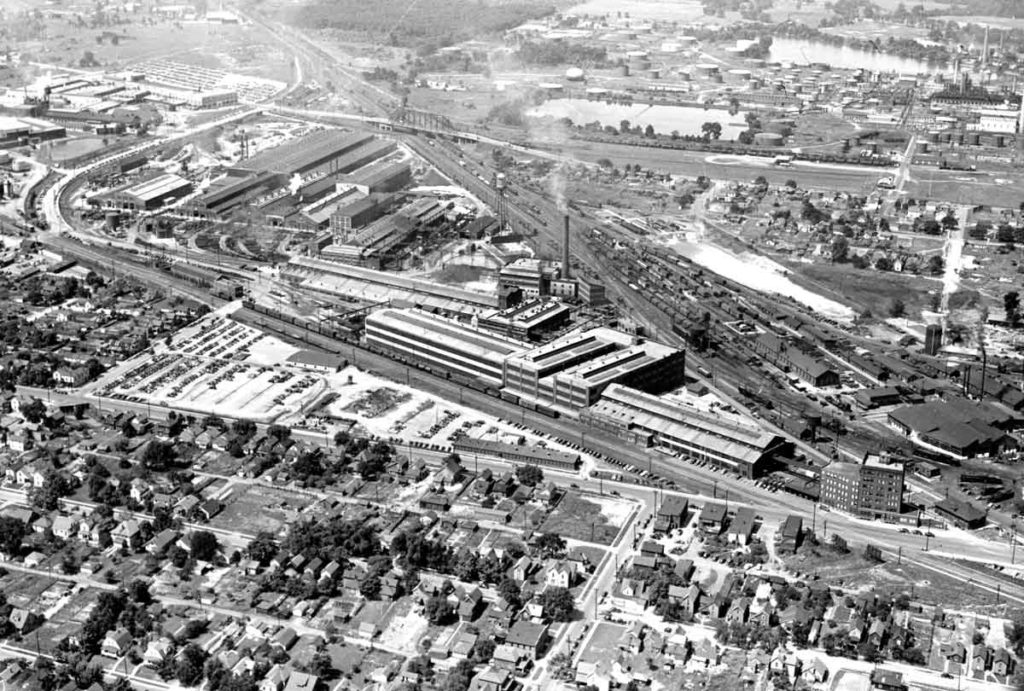
Action may be required on your Trains.com account in order to continue accessing content. Click here to learn more.

The Lima Locomotive Works plant in Lima, Ohio, birthplace of hundreds of advanced “Super-Power” steam locomotives, occupied a triangular site on the city’s south side between B&O and Nickel Plate lines. Classic Trains coll. […]
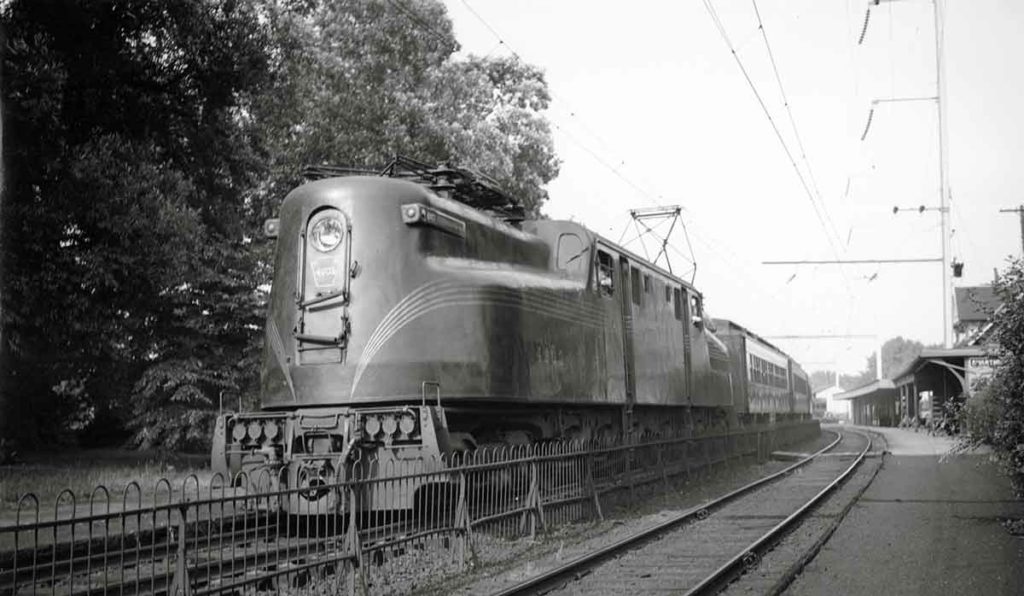
GG1 4903 heads a westbound rush-hour commuter train at Swarthmore, Pa., sometime during World War II. A mainline motor like this was a rarity on PRR’s West Chester Branch. George Gillespie As were many railroads during the busy World War II years, the Pennsylvania Railroad was hard-pressed for equipment. Many of us remember seeing locomotives and […]
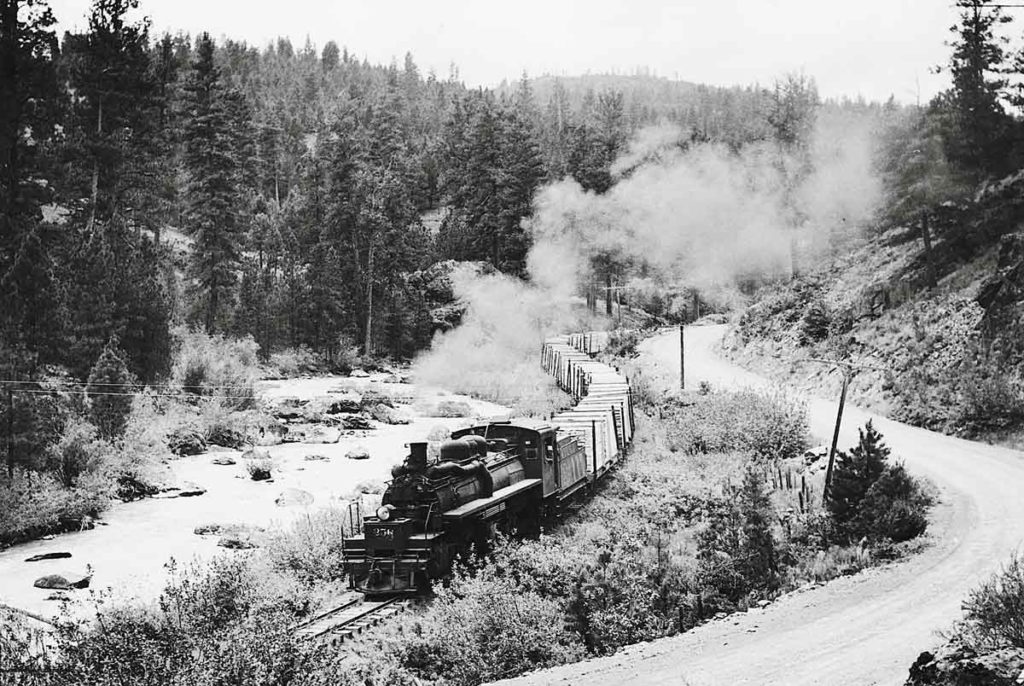
2-6-6-2 Mallet No. 250 of the 3-foot-gauge Sumpter Valley Railway in northeast Oregon rolls a train of lumber toward the Union Pacific interchange at Baker, Ore., in 1946. The SV was abandoned in 1948, but a portion has been revived as a museum and tourist railway. Henry R. Griffiths photo […]
Long before the advent of diesels and lightweight equipment, streamliners shaped “high-speed rail” in the 1930s, 1940s and 1950s. In this free, 35-page download, we revisit the classic streamliner era. This series includes: The Great Chicago-Twin Cities Speed War: How intense competition between Burlington Route, Milwaukee Road, and Chicago & North Western drastically reduced daytime […]
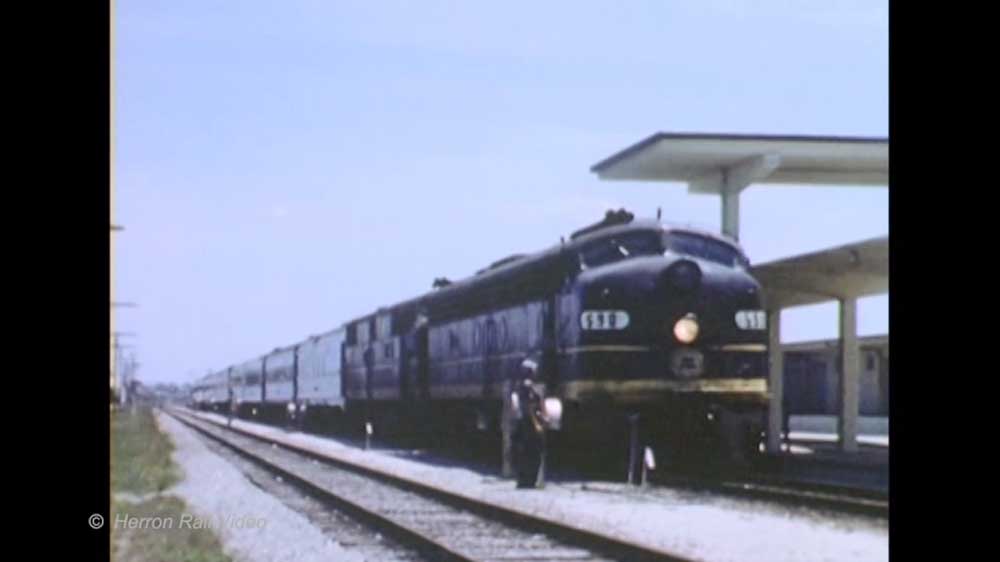
Watch video clips of Seaboard Coast Line passenger and freight trains in Florida from the Herron Rail Video program Classic Florida Rails, Volume 1. […]
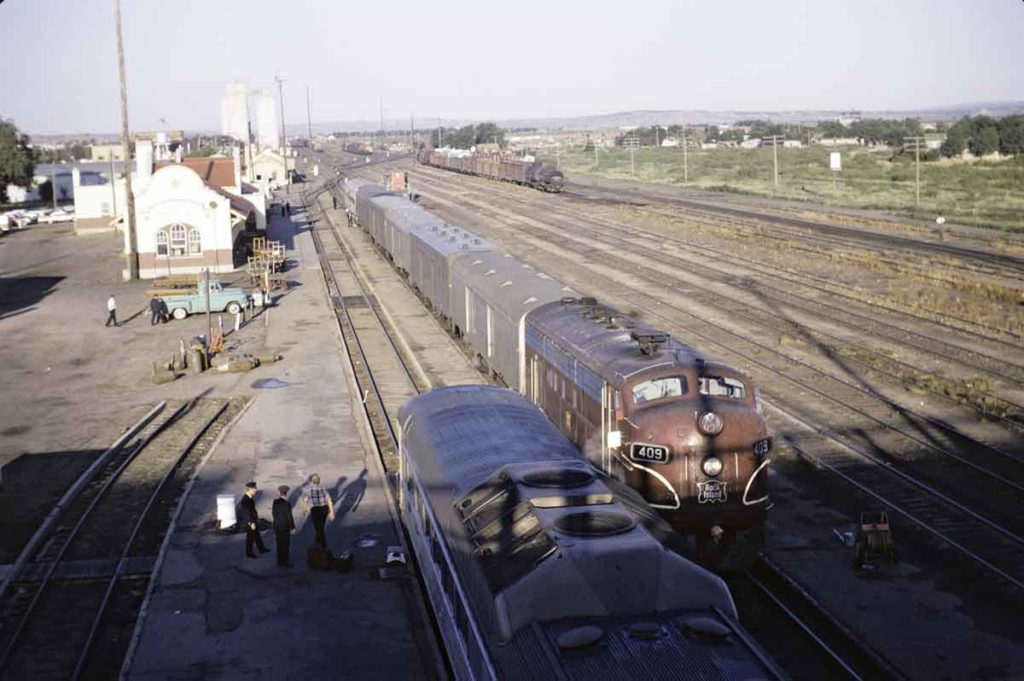
Tucumcari, July 1963: Nameless Los Angeles–Chicago train 40 has arrived with SP power and will depart behind Rock Island FP7 409. The RDC foreground is on the rear of Rock Island 22 for Memphis. Richard J. Anderson It was a hot day in the summer of 1963. I was driving from my home in Iowa […]
[…]
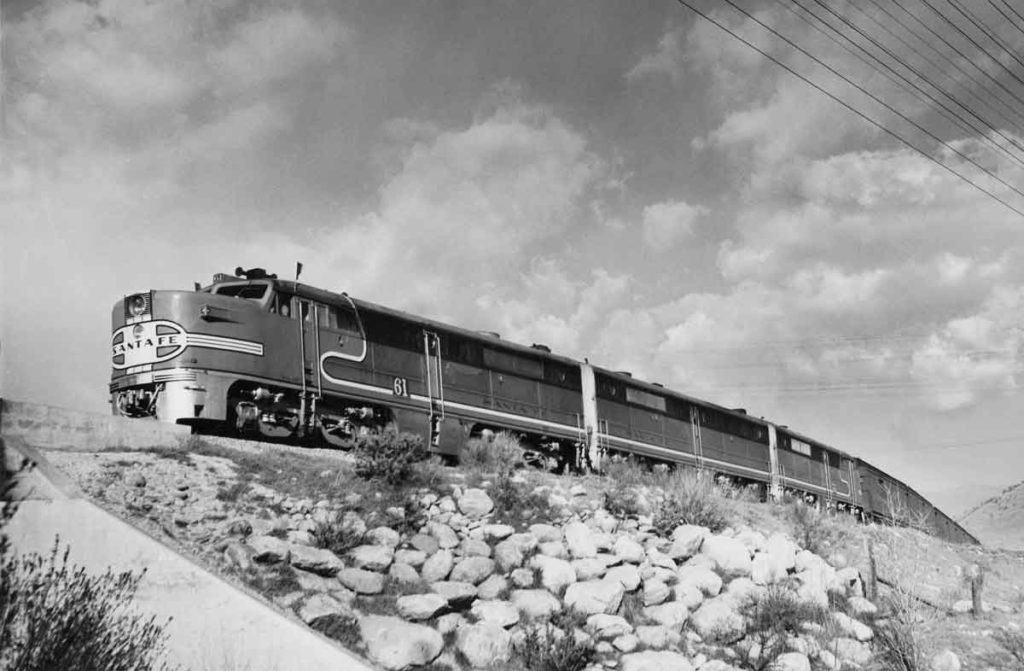
Santa Fe PA No. 61, whose long nose may have saved its crew 14 years later, in 1951 flies green flags on the point of First 24, the Grand Canyon, at Caliente, Calif. Stan Kistler On December 22, 1965, I was the engineer on Santa Fe Railway Los Angeles–San Diego train 76, one of the […]
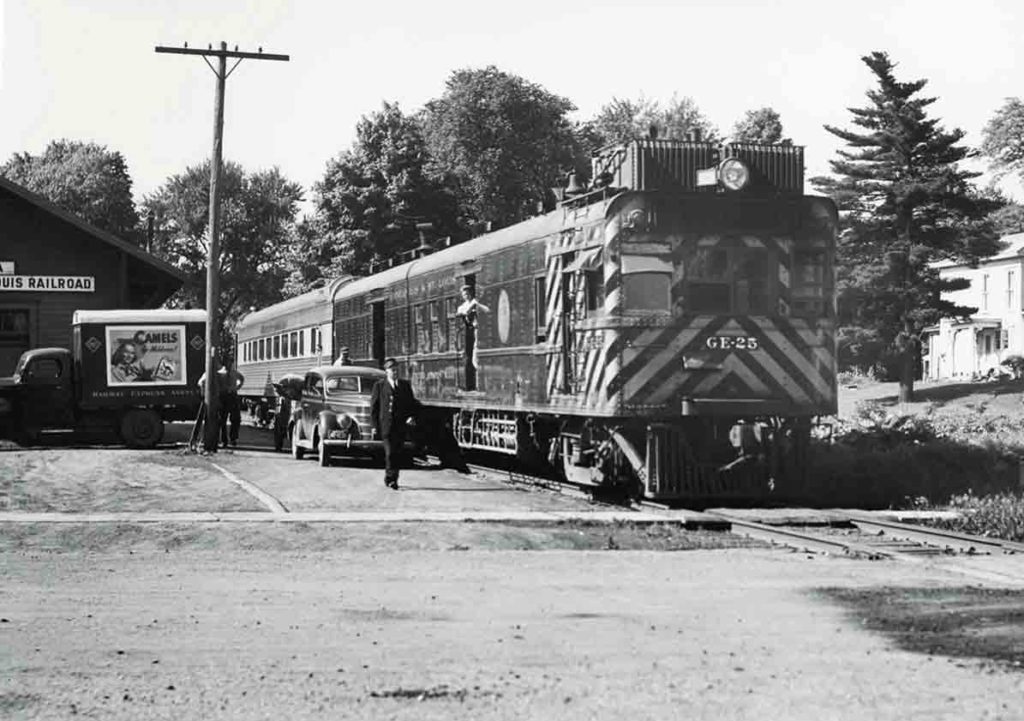
[…]
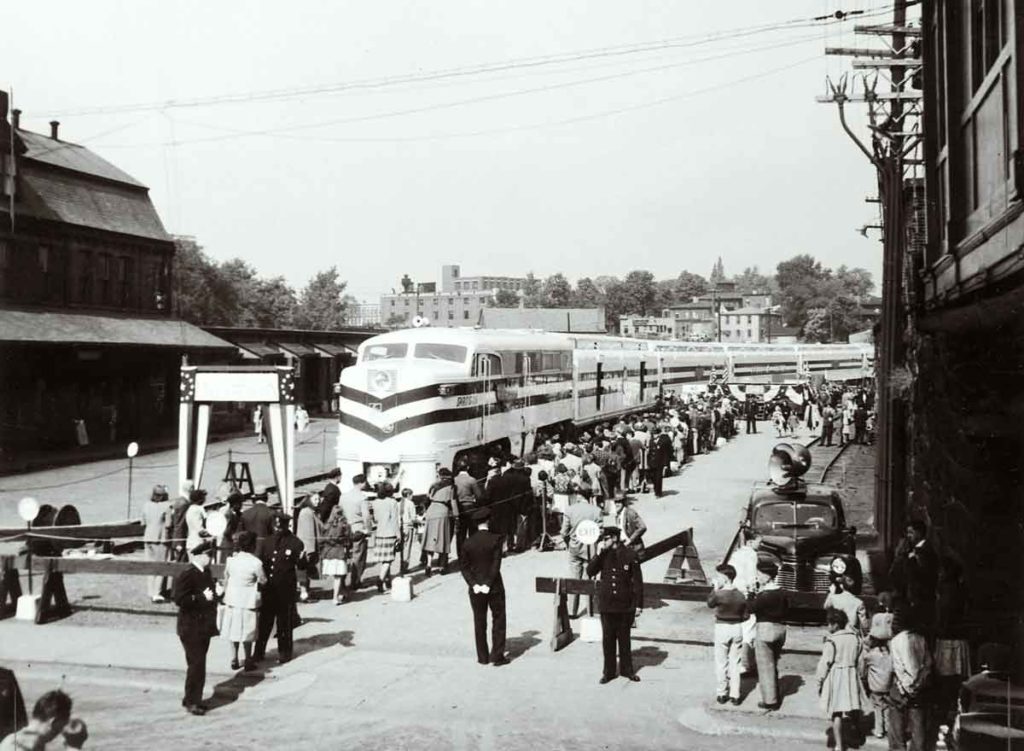
[…]
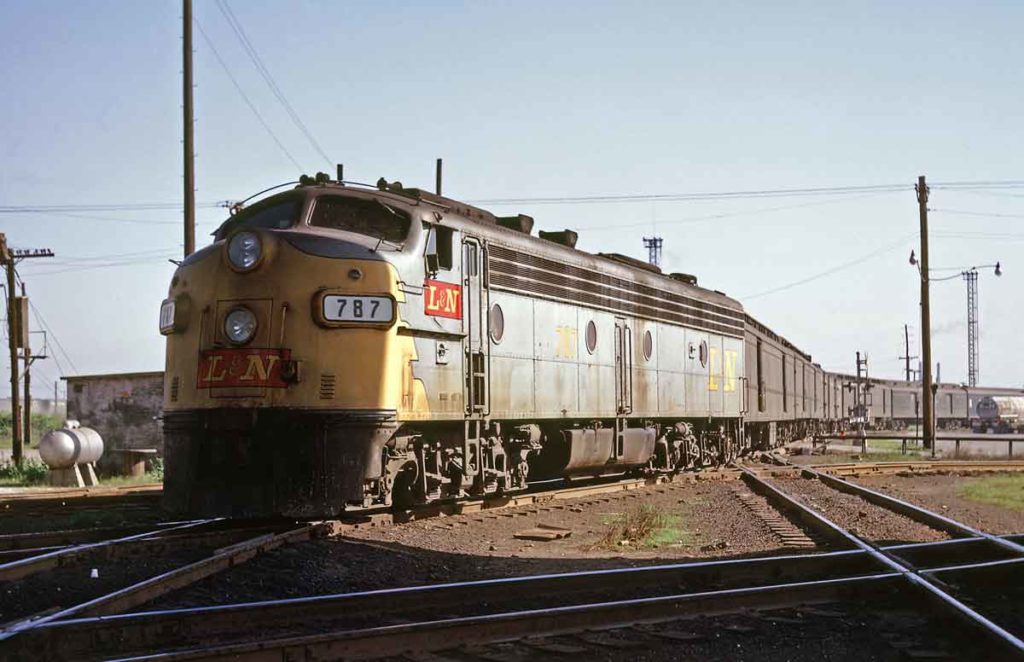
Louisville & Nashville E8 No. 787 leads the head-end cars and lone coach of Evansville–St. Louis train 10 out of East St. Louis in May 1968. R. R. Wallin, George W. Hamlin coll. “No, that train doesn’t stop here. You’ll have to go up to ‘Hoptown’ to get it,” was the less-than-helpful information from the […]
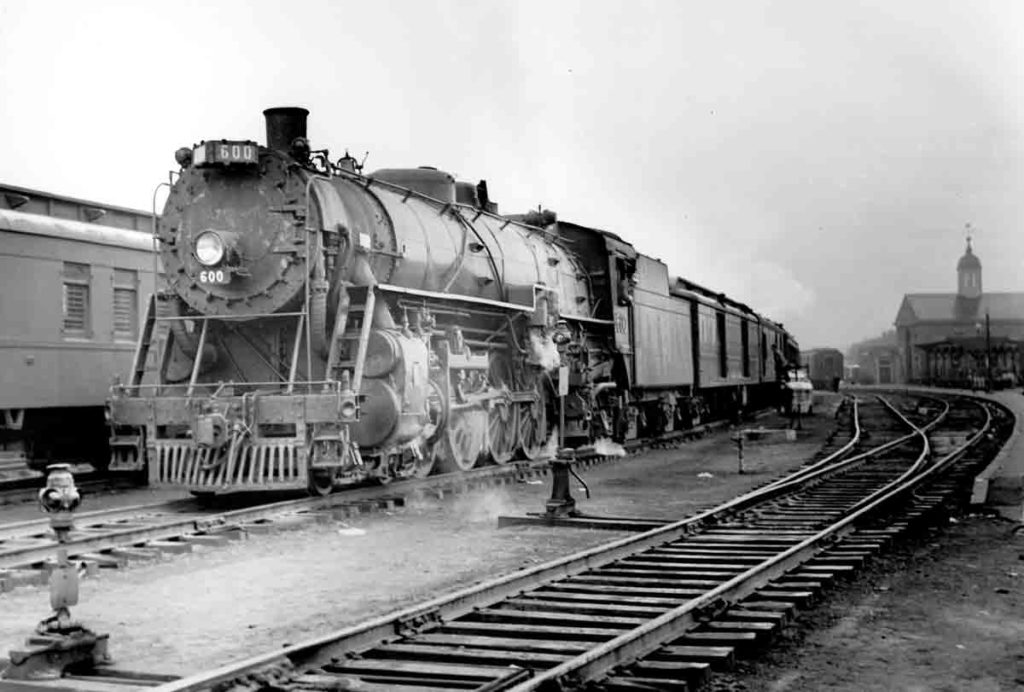
[…]